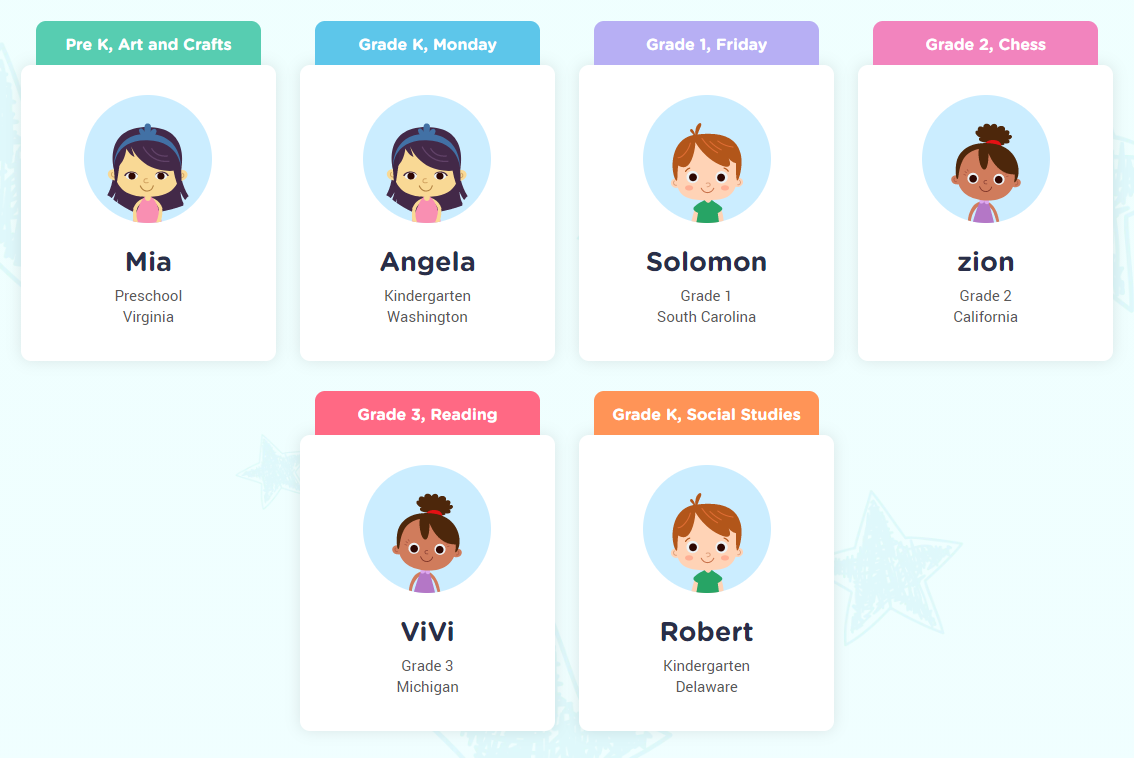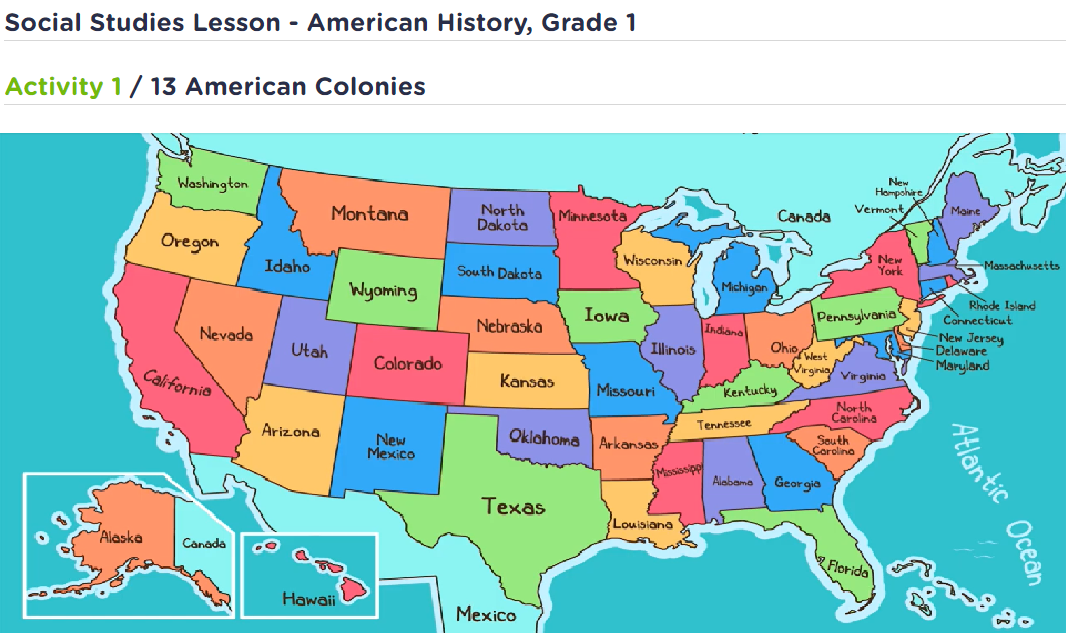Matching skills Normal Worksheets for Ages 6-7
12 filtered results
-
From - To
Discover our engaging "Matching Skills Normal Worksheets" designed for children aged 6-7. These worksheets provide an enjoyable way for young learners to develop their matching skills, enhancing critical cognitive abilities and attention to detail. Each page features age-appropriate activities that encourage creativity, improve memory, and reinforce visual recognition. With colorful illustrations and interactive exercises, students will eagerly explore various themes and concepts while practicing their matching abilities. Perfect for classroom use or at-home learning, our worksheets are an excellent resource for educators and parents looking to support early childhood development. Empower your child’s learning with our interactive matching skills worksheets today!
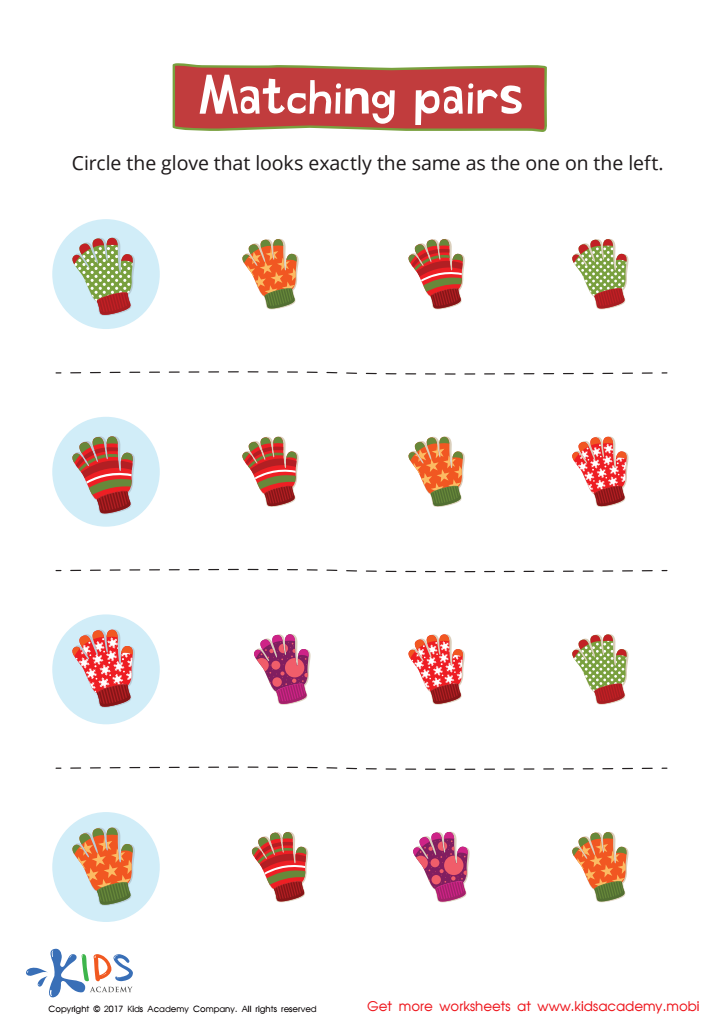

Matching: Matching Pairs Worksheet
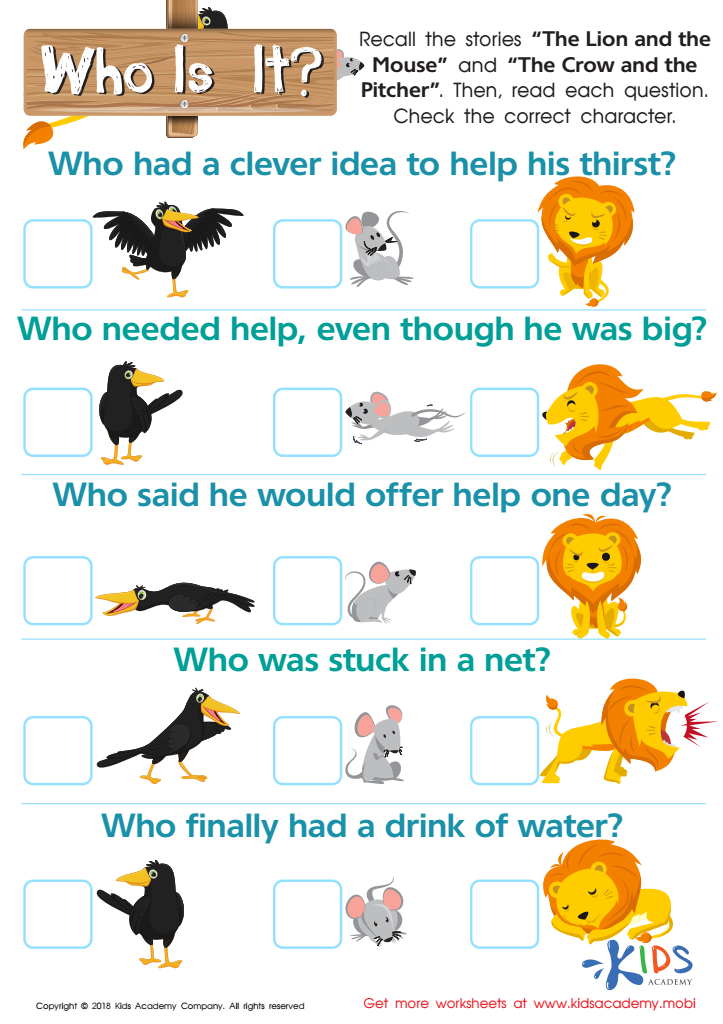

Who Is It? Worksheet
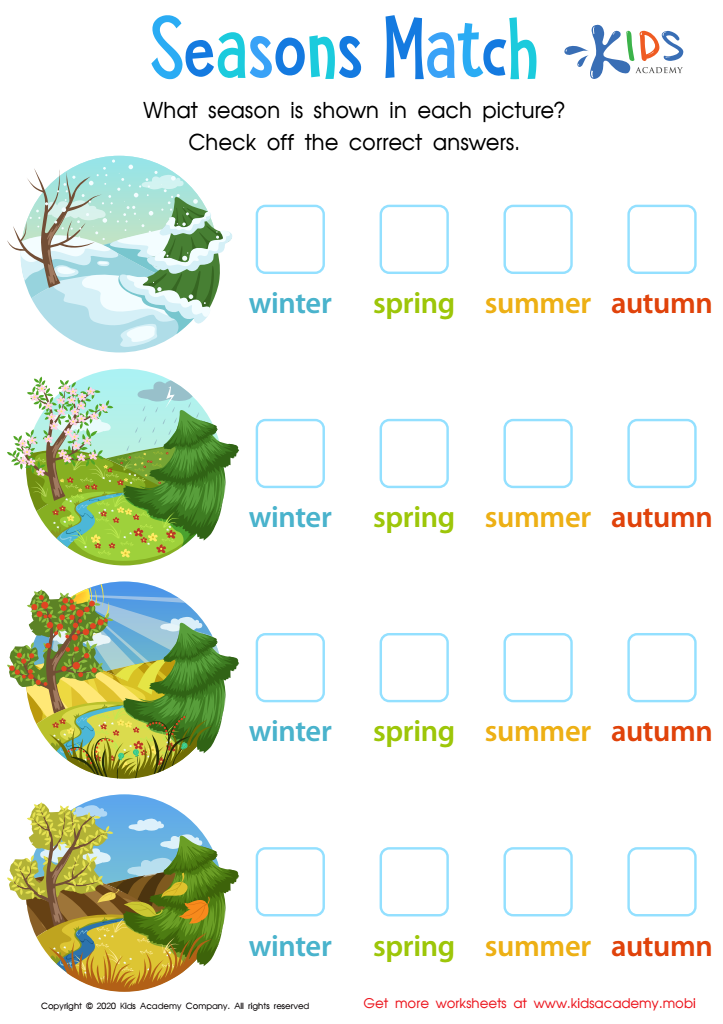

Seasons Match Worksheet
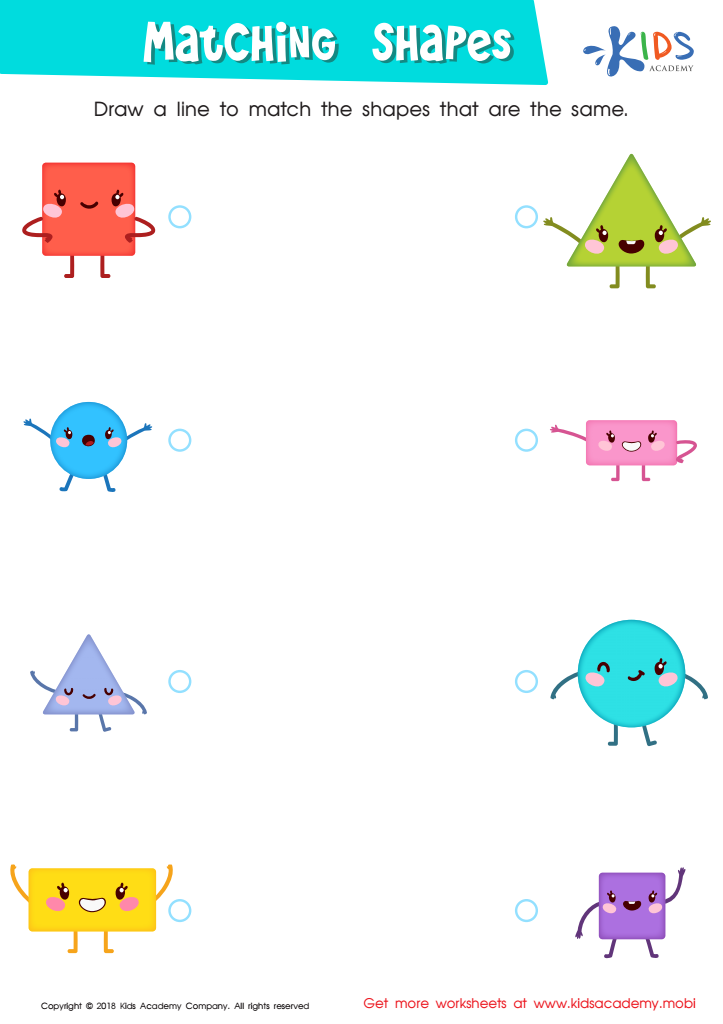

Matching Shapes Worksheet
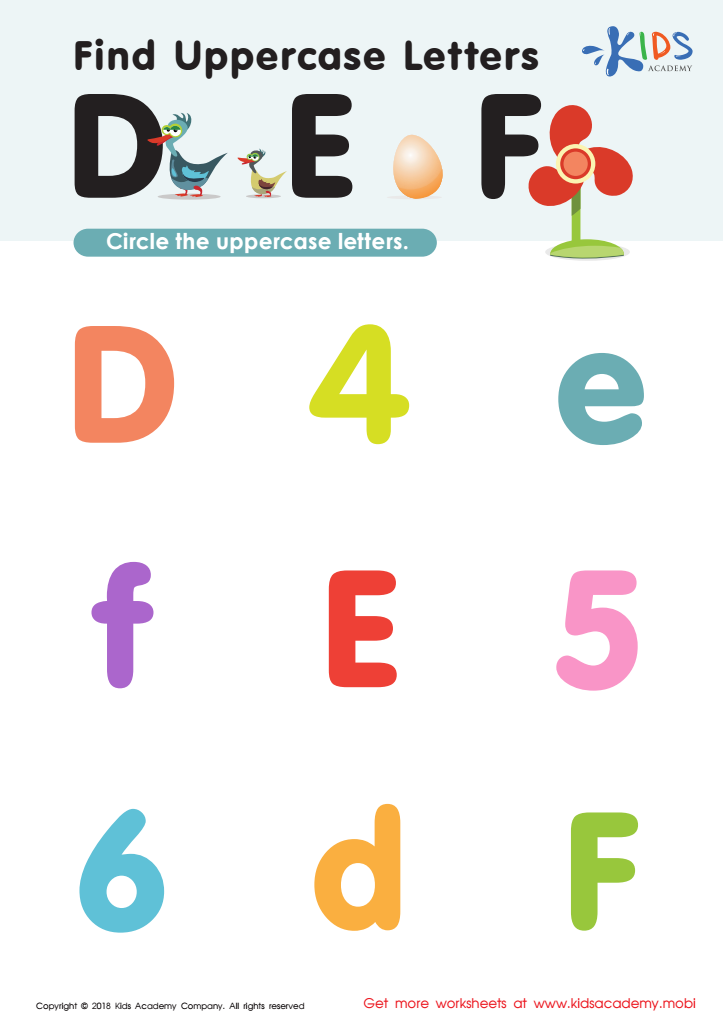

Find Uppercase Letters D, E, and F Worksheet


Different Kinds of Weather: Windy and Snowy Worksheet
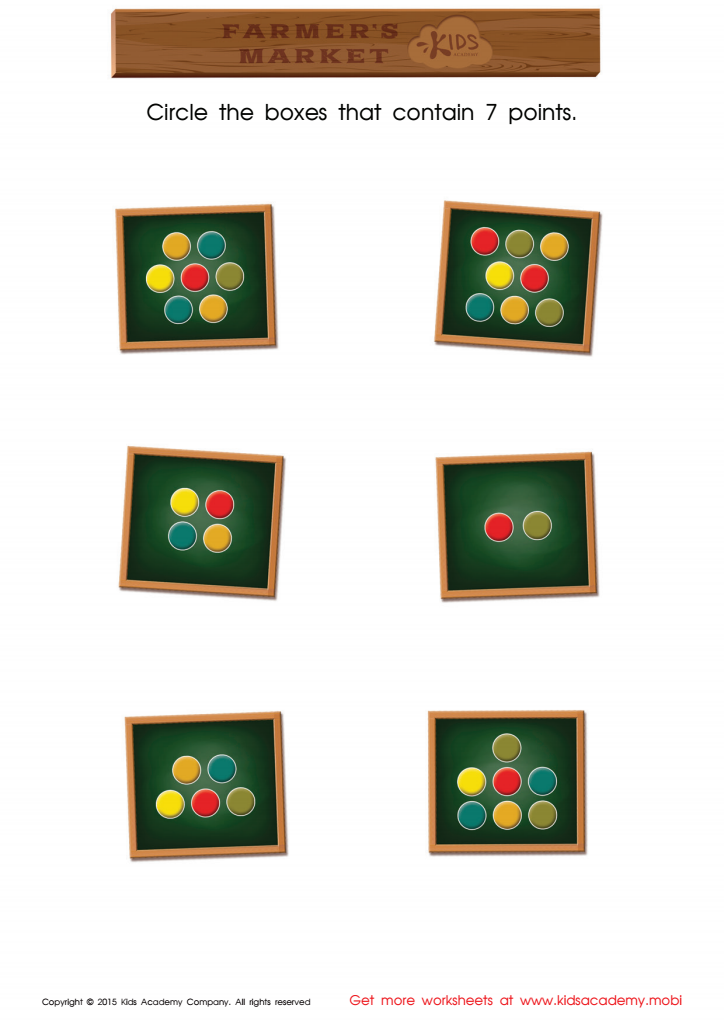

Count and Match Points 7 Math Worksheet
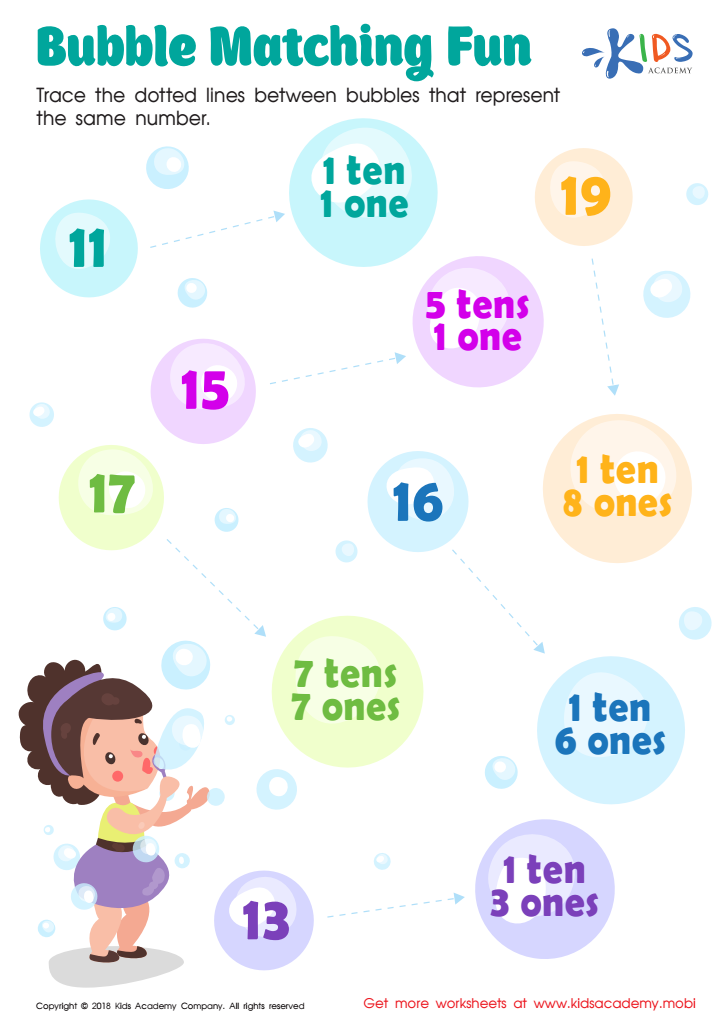

Bubble Matching Fun Worksheet


City Workers: Matching Worksheet
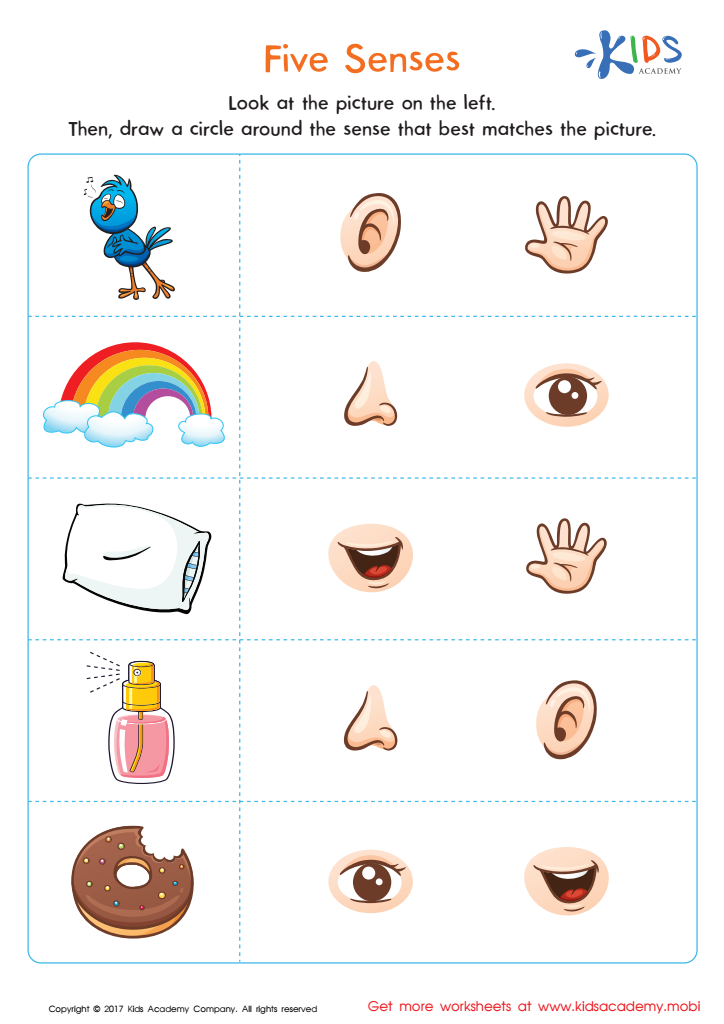

Five Senses Printable
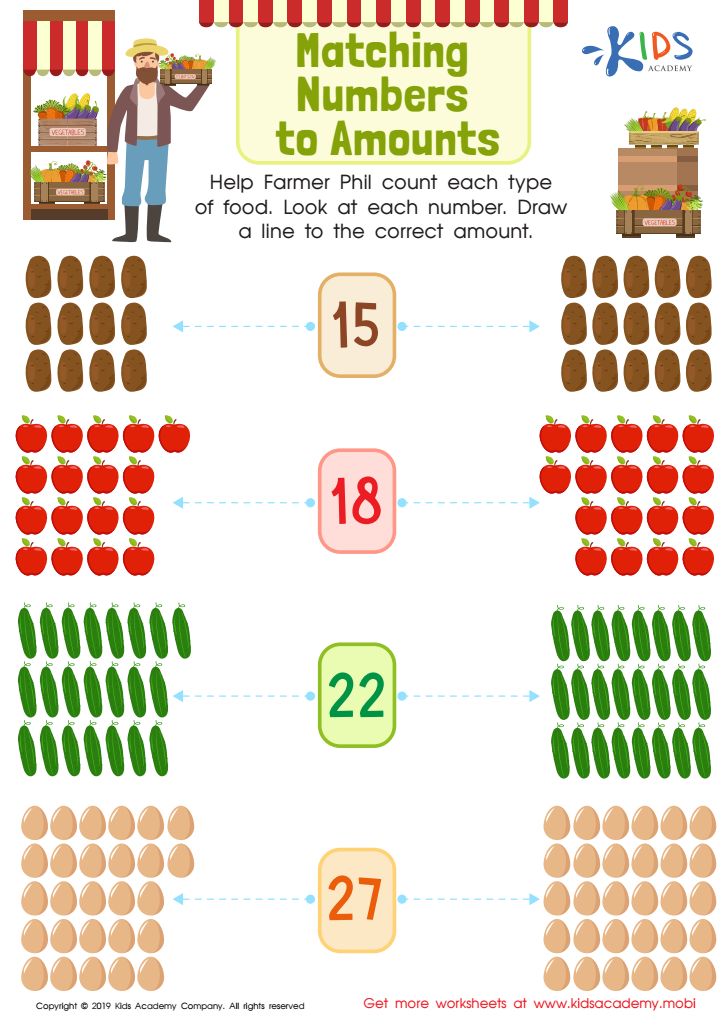

Matching Numbers to Amounts Worksheet
Matching skills are crucial for children aged 6-7 as they serve as foundational building blocks for various cognitive, social, and academic skills. At this age, children are developing their ability to recognize relationships between objects, symbols, and concepts. By honing their matching skills, children enhance their critical thinking capabilities, enabling them to categorize information, recognize patterns, and make informed decisions.
Parents and teachers should prioritize these skills because they directly impact early literacy and numeracy. For instance, matching letters to sounds or numbers to quantities helps establish a solid groundwork for reading and mathematics. Additionally, promoting matching skills fosters children's attention span and concentration, qualities that are essential for successful learning.
Moreover, these skills play a role in social interaction; being able to match and communicate with peers can strengthen friendships and collaborative learning. In essence, when children excel in matching, they not only gain confidence in their learning abilities but also develop essential skills that promote independence and problem-solving. Thus, parents and teachers should actively engage children in matching activities to support their overall growth and development in and out of the classroom.
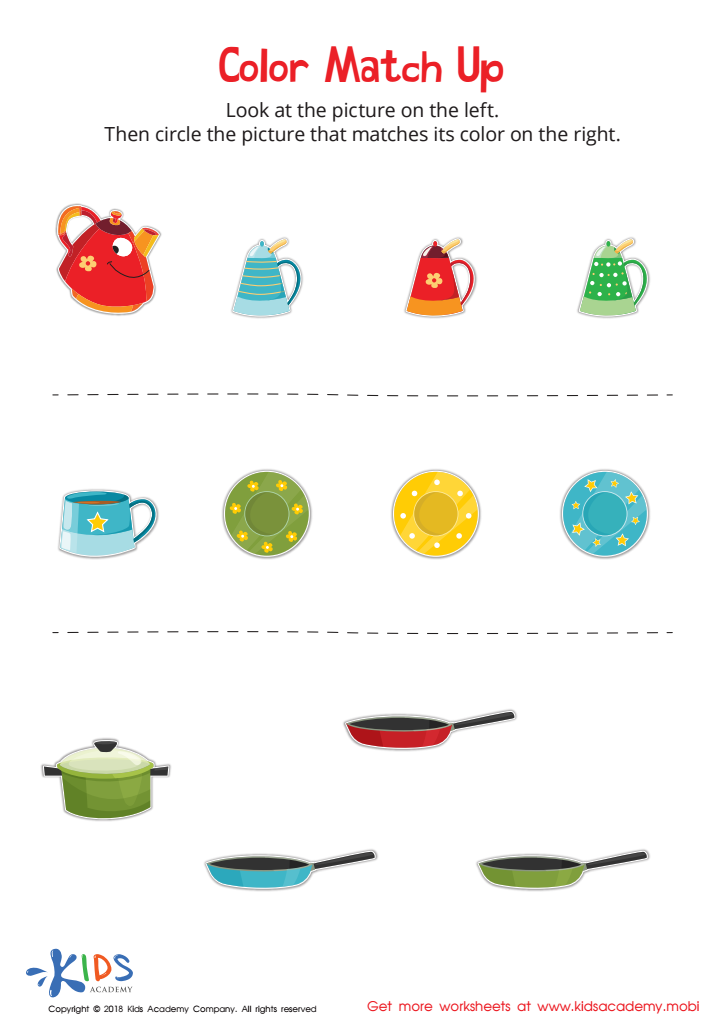
 Assign to My Students
Assign to My Students


.jpg)


